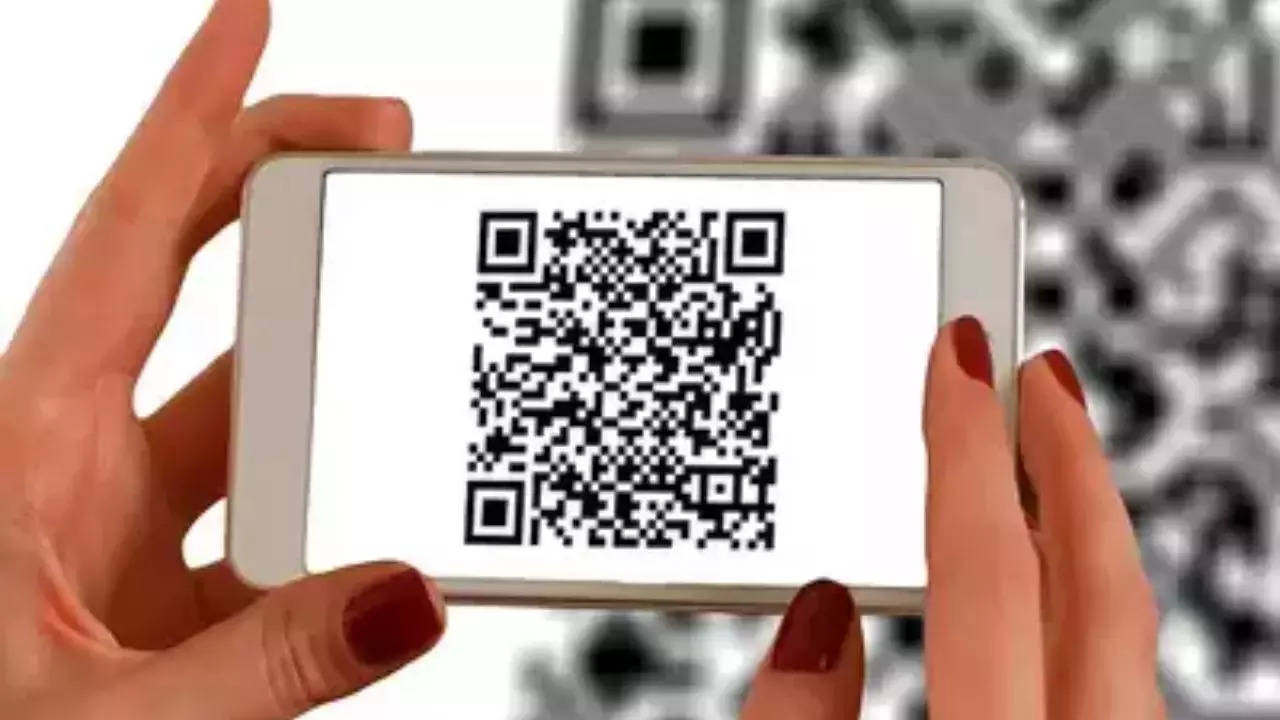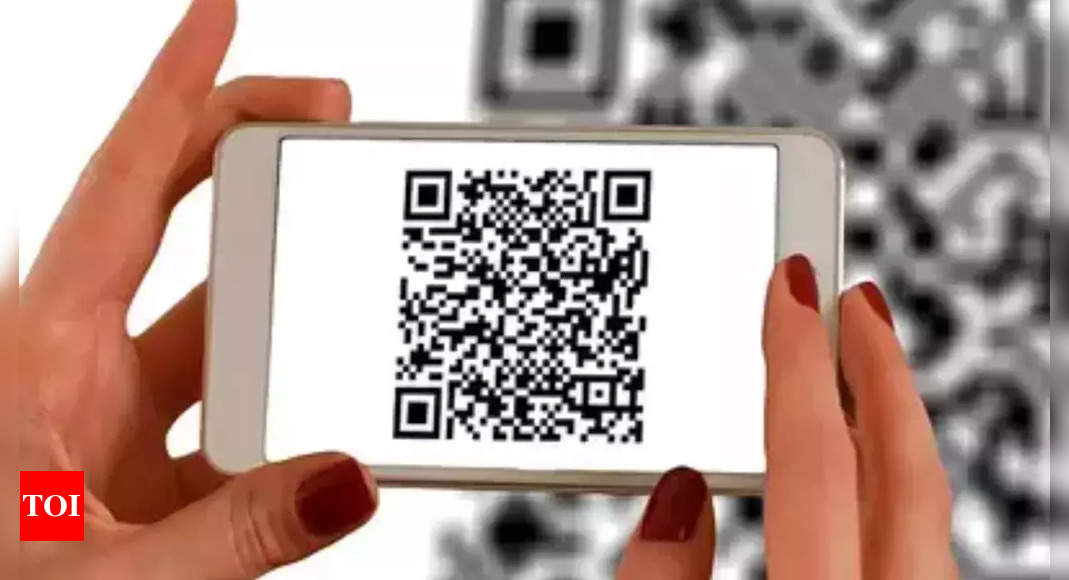
MUMBAI: You will soon be able to check if the medicine you are popping is safe or spurious. Top-selling medicines produced from August 1 – which will hit pharmacies over the next few weeks – will carry a QR code on their packaging. On scanning the code, vital information such as manufacturing licence and batch number will facilitate the drug’s authentication.
Over the years, there have been several instances of counterfeit and sub-standard drugs hitting the market – some of which were seized by regulators. Among major cases, Abbott’s thyroid medication Thyronorm, listed by regulatory authorities as “not of standard quality”, was counterfeit. In another instance, Glenmark’s blood pressure pill Telma-H was found to be fake. Several cases have also been reported of fake or sub-standard cough syrups, injections and vaccines.
The move, though conceptualised a decade ago, has been in abeyance due to the domestic pharma industry’s ill-preparedness, and the lack of requisite software and technology systems. The stored data or information will include particulars such as unique product identification code, proper and generic name of the drug, brand name, manufacturer details, batch number, date of manufacturing and expiry, and manufacturing license number.
In a recent FAQ on the implementation of the policy notified in November 2022, the government said “any batch of brands of the drug formulations as specified in the notification which has been manufactured on or after August 1, 2023, irrespective of the location of the manufacturing site, shall have the barcode or QR code on its label”.
Further, in case of inadequate space in the primary packaging label, the same may be affixed or printed on the secondary package.
With regard to imported drugs, it says products should preferably be imported with an affixed or printed QR code on the label. However, the QR code may be affixed on the label in the country after obtaining permissions from the licensing authority as required under the Drugs Rules, 1945.
The move is part of the government’s ‘track and trace’ mechanism to curb the sale of counterfeit and sub-standard medicines, and ensure quality, sources told TOI.
In the first phase from August 1, the QR code will be affixed on 300 top-selling medicines, which account for around Rs 50,000 crore of the pharma retail market. Widely-sold antibiotics, cardiac pills, pain-relief tablets, anti-diabetics and anti-allergics are included in this list.
Over the years, there have been several instances of counterfeit and sub-standard drugs hitting the market – some of which were seized by regulators. Among major cases, Abbott’s thyroid medication Thyronorm, listed by regulatory authorities as “not of standard quality”, was counterfeit. In another instance, Glenmark’s blood pressure pill Telma-H was found to be fake. Several cases have also been reported of fake or sub-standard cough syrups, injections and vaccines.
The move, though conceptualised a decade ago, has been in abeyance due to the domestic pharma industry’s ill-preparedness, and the lack of requisite software and technology systems. The stored data or information will include particulars such as unique product identification code, proper and generic name of the drug, brand name, manufacturer details, batch number, date of manufacturing and expiry, and manufacturing license number.
In a recent FAQ on the implementation of the policy notified in November 2022, the government said “any batch of brands of the drug formulations as specified in the notification which has been manufactured on or after August 1, 2023, irrespective of the location of the manufacturing site, shall have the barcode or QR code on its label”.
Further, in case of inadequate space in the primary packaging label, the same may be affixed or printed on the secondary package.
With regard to imported drugs, it says products should preferably be imported with an affixed or printed QR code on the label. However, the QR code may be affixed on the label in the country after obtaining permissions from the licensing authority as required under the Drugs Rules, 1945.
Source link

